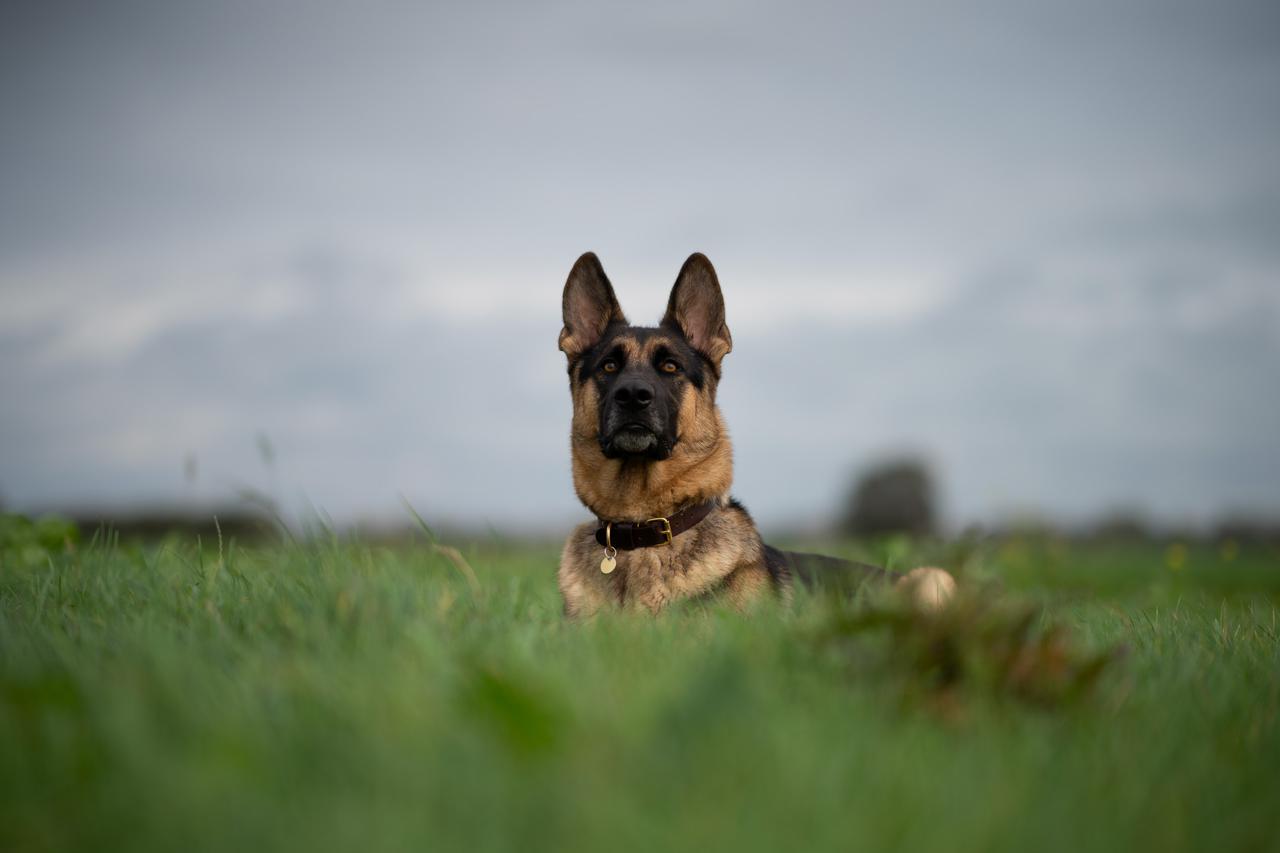Welcome! Check out our latest training programs
Read more
When a pipeline leaks, early and accurate detection is essential. Oil and natural gas spills can have a variety of hazardous impacts on the environment and surrounding life, not to mention potentially disastrous (and certainly expensive) consequences for both the company operating the pipeline and governments responsible for the region it’s located in. That’s why when you’re conducting inspections of your pipeline, you should employ proven leak detection methods.
Unfortunately, many of the methods typically used for this purpose haven’t historically shown an acceptable level of accuracy when it comes to mitigating this very serious risk, leaving a vast array of local flora, fauna, and residents vulnerable to the hazards posed by a spill.
But not all available detection methods share this level of potential inaccuracy. K-9 dogs, often used by law enforcement and other government entities for purposes like detecting drugs and explosives, have demonstrated a remarkable level of accuracy when it comes to detecting pipeline leaks.
How do detection dogs compare with other types of leak detection services? In this blog post, we’ll answer that question in detail by providing an overview of typical pipeline leak detection methods, exploring how the usage of K-9 dogs works for this purpose, and how dogs compare with other leak detection methods.
A variety of different methods are used to detect pipeline leaks. Remote sensors have historically been a standard solution, but over the course of a decade from 2002 to 2012, they only detected 5% of pipeline leaks. The sensors performed the worst compared to two other methods in which leaks were detected. 22% of leaks were reported by the general public over the same period of time, while 62% were reported by employees who discovered them.
These broad categories of detection methods account for many typical solutions, but aren’t the only ways in which leaks are detected. A more in-depth list of standard detections methods includes:
As mentioned previously, dogs are used by various entities and organizations to detect many different kinds of hazards, ranging anywhere from explosive devices to even certain forms of cancer. This skill has made them an invaluable asset in law enforcement, medicine, and other fields, and that’s proven to be true when it comes to detecting pipeline leaks, too. Their speed and accuracy make them one of the best available methods of finding even small pipeline leaks.
There’s more than one way to use a dog to effectively track down leaks, but one of the more effective methods is to inject a tracer odorant into the pipeline for the dog to follow. This works for a range of different types of pipelines for substances like crude oil, natural gas, and more.
Smart Pig tech detection is helpful for certain types of pipelines, but dogs can often be used where this method wouldn’t be feasible, as they’re suited to handling rough terrain. They can be used effectively for preventative monitoring of pipelines.

The methods previously mentioned in this post have shown levels of accuracy ranging from as low as 5% to a much better (though still lacking) 62%.
In challenging situations where leaks have been located in pipelines buried as much as 14 feet underground, BCK-9 detection dogs have shown an accuracy rate of nearly 100%.
K-9s are an essential asset when it comes to locating hard-to-find leaks in a pipeline. BCK-9 Services & Pipeline Leak Detection can help you find yours. If you’d like to learn more about our services, contact us now.
Let us fix those dog behaviors for you